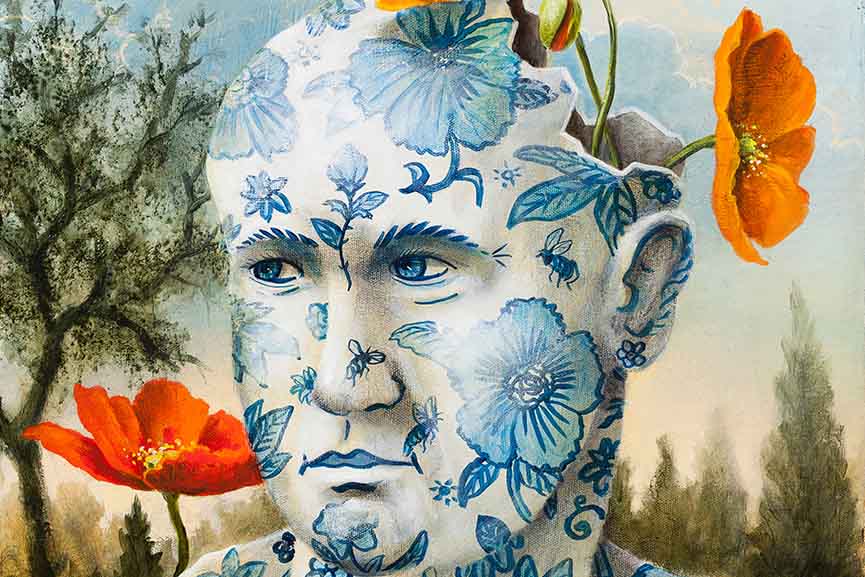Another way in which AI can help us discover new forms of artistic expression is by enabling collaboration between humans and machines. By working together with AI systems, human artists can create new and innovative works of art that would not have been possible without the assistance of AI. This can lead to the creation of art that is truly unique and groundbreaking, and that pushes the boundaries of what is possible in the art world.
Challenges and Concerns
While AI has the potential to revolutionize the art world, there are also challenges and concerns associated with its use in discovering new forms of artistic expression. One of the main concerns is the potential for AI to replace human artists. As AI technology continues to advance, it is possible that machines will be able to create art that is just as valuable and meaningful as human-generated art. This could lead to a situation where human artists are replaced by machines, which could have far-reaching implications for the art world as a whole.
Another concern is the authenticity of AI-generated art. If a machine creates a work of art, can it truly be considered original? Is it even possible to have a machine-generated work of art that is truly unique? These are important questions that need to be addressed as AI continues to play a greater role in the art world.

Comments
Post a Comment